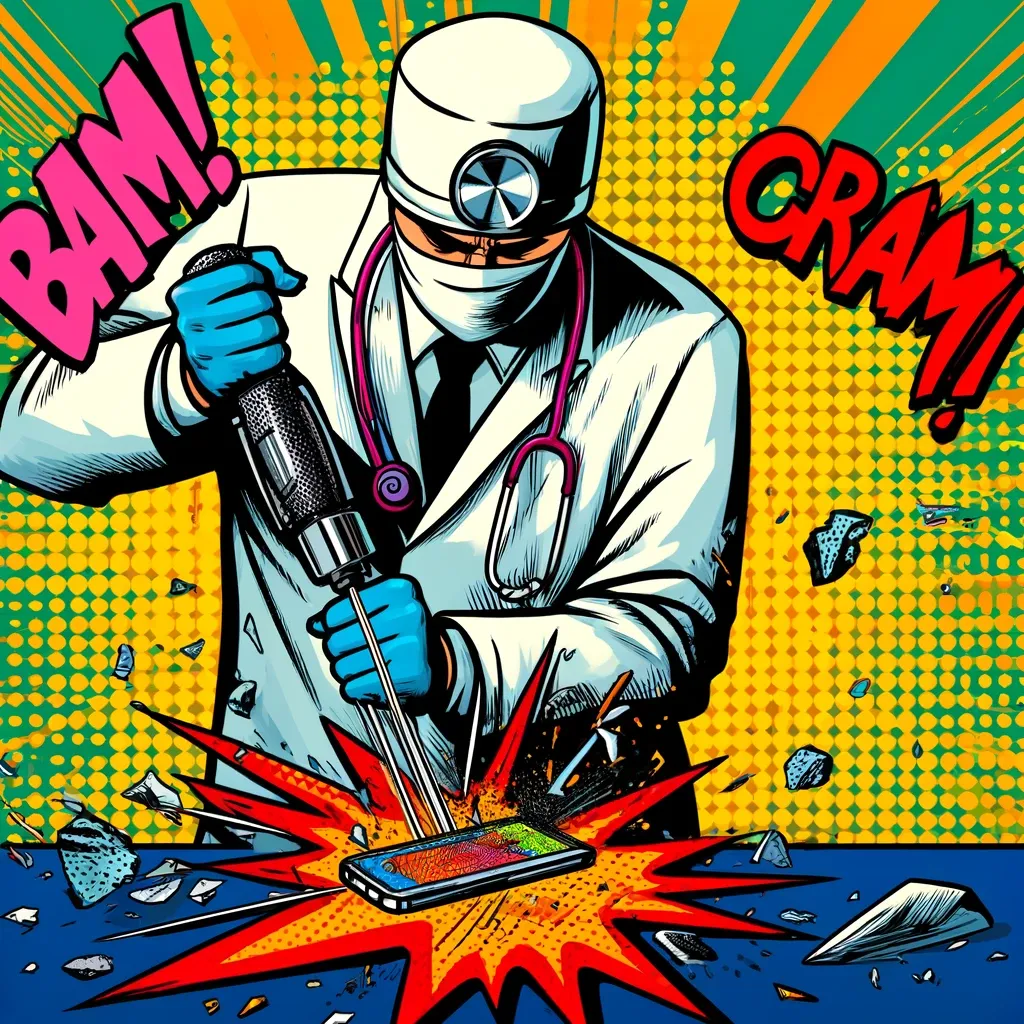Killing the phone - Radiologists' strongest desire

If you're a radiologist, you definitely know the feeling of absolutely loathing your phone. That little device just keeps interrupting your flow with its same old annoying ring, and after a while, it gets to the point where it makes you jump every time it rings. But beyond being super annoying and bossy, this piece of tech actually causes real issues by seriously affecting the error rate in many imaging departments. I just checked out this great study by Ngwe Rawlings Achangwa et al and I learned that medical error is the third leading cause of death in the USA. Achangwa et al tracked the exact number of phone call interruptions over a year in the neuroradiology department at the University of Zurich and came up with a really smart fix: an automated voicemail and custom call redirection system.
✏️Here are the facts:
- The workload for radiologists has increased by 500% from 1999 to 2010, but the workforce growth didn't match this pace.
- This means radiologists now have only 3-4 seconds to read an image.
- Radiologists actually spend only about a third of their time on their primary task, which is interpreting images. And trust me, the rest of their time isn't just filled with coffee breaks and planning vacations; it involves handling requests from clinicians and managing various organizational tasks.
- The error rate in radiology currently is around 3-5%.
- While modern technology has increased radiologists' output, it has also created new bottlenecks in productivity, and the main bad guy here is the telephone.
- Another study discovered that just one additional phone call above the baseline can increase the error rate to 12% (Balint et al, Acad. Radiol. 2014)
- Workflow disruptions can significantly impair memory retrieval efficiency. For example, if I detect a pulmonary embolism during a CT chest scan and then get interrupted by a phone call, there's a high chance that I might forget to include this critical finding in my report. This oversight could lead to missed or delayed treatment, with potentially fatal consequences.
💡What the study looked at:
- The research focused on phone calls to the MR radiology consultant at the neuroradiology department of the University of Zurich. The telephone request were recorded around the clock for 12 months.
- They implemented an automatic voicemail system where incoming calls was answering incoming calls to the MR radiologist. When calling, the individual had these options to choose from:
- "1" or "2" for scan-related inquiries to an MR technician
- "3" for questions directed to the radiology consultant.
🎯What they found:
- With the automated voicemail, interruptions decreased by an average of 35%.
- The total number of requests were 4803:
- 3211 went to the MR radiologist
- 1681 did not need the involvement of a radiologist
✌️My key takeaway:
This is another really important and interesting aspect of radiology workflow design. Interruptions of radiologists are a major health threat when you look at the pure numbers. In the future the number of scans will go up, but the number of radiologists won’t, so the bottleneck here is getting tighter. If we do not design workflows and work environments that allow for un-interrupted focused work the error rate will go up. AI algorithms in combination with new reporting solutions will dilute this effect (by increasing accuracy and speed), but they won’t stop the trend.
These new approaches are vital. As noted in the study, the solution was cost-effective, taking only two hours to install, and it only required a few weeks for referring clinicians to adapt to the new system.